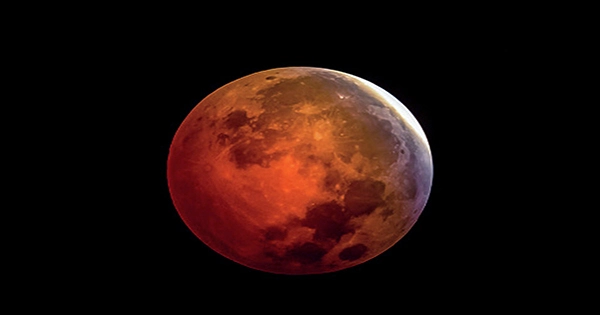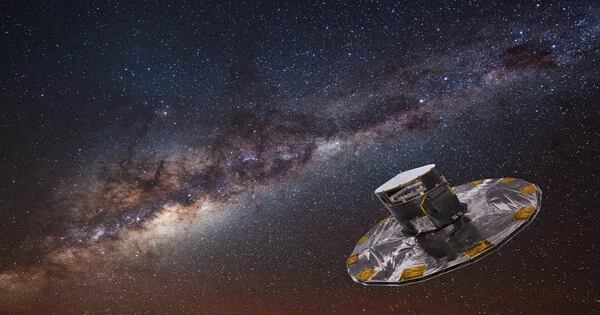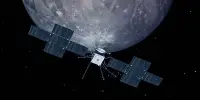The longest total lunar eclipse in 33 years occurred this weekend, on May 15 and 16, and was witnessed by people all around the world, from Africa to Europe to the Pacific. Millions of people were able to glance up and observe the Moon’s dazzling disk gradually dim and turn red as it became obscured by our planet’s shadow. The Moon turned its distinctive crimson hue at totality, which lasted a remarkable 84 minutes and 53 seconds. In English-speaking areas, this common occurrence during complete eclipse has given the total lunar eclipse the moniker “Blood Moon,” however the colour shift isn’t menacing.
The color red comes from sunlight passing through the Earth’s atmosphere. The sky appears blue during the day and crimson at sunrise and sunset because red light is dispersed more than blue light. This crimson light reaches space, colouring the Earth’s shadow. However, this is only visible during a total lunar eclipse. If you didn’t want to stay up late, it was overcast where you were, or you just missed it, you may watch it on the NASA channel, which is shown below: The next one will be visible over the Pacific on November 8, 2022. Then we’ll have to wait until March 14, 2025 for the next one.

Although it sounds like something out of a gothic horror book, a “Blood Moon” is absolutely real, with the only link to blood being its hue. The Moon turns red around twice a year. The phenomenon occurs only during a total moon eclipse and is brought about by the same thing that keeps us alive: the Earth’s atmosphere. In the year 2022, there will be four eclipses. We’ve already seen the first partial solar eclipse, and the first total lunar eclipse will occur on May 15-16. What is a Blood Moon, exactly?
The Moon becomes red in the same way as sunsets and sunrises do. Sunlight is filtered and dispersed by the Earth’s atmosphere. Because blue light scatters less than red light, the sky appears blue during the day but becomes crimson when the Sun is low on the horizon. This has an odd impact. Despite the fact that the atmosphere is little in comparison to the size of the planet, the Earth’s shadow receives some of this diffuse light, turning it red.
The Moon passes Earth’s shadow during a total lunar eclipse, and once entirely hidden, it appears red. It’s a beautiful sight to witness the Moon become darker as the shadow of our planet extends across its silvery surface, eventually turning a crimson color at the time of totality. Unlike solar eclipses, which last only a few minutes and are only visible in a tiny area of the earth, lunar eclipses can last up to two hours and are visible from everywhere on that specific night-side.
















